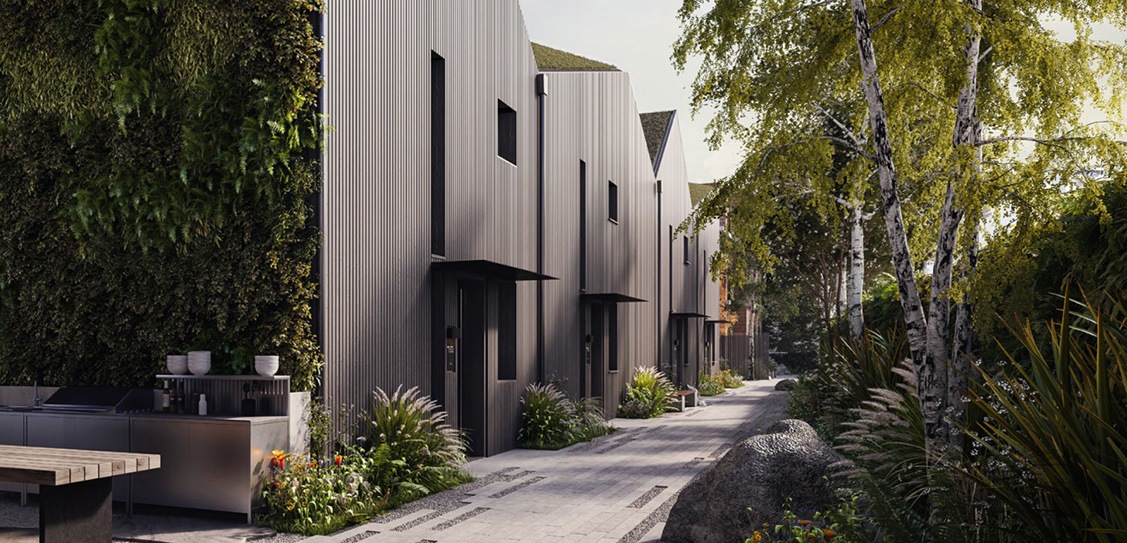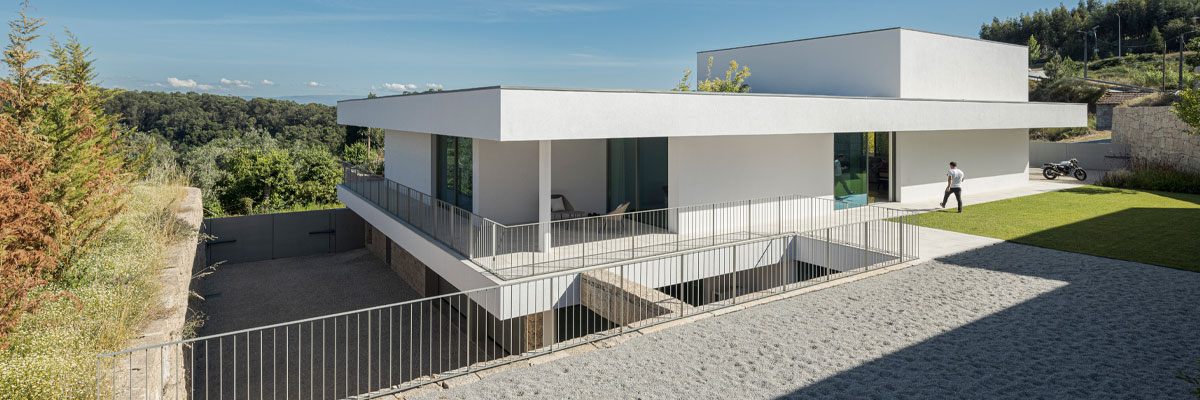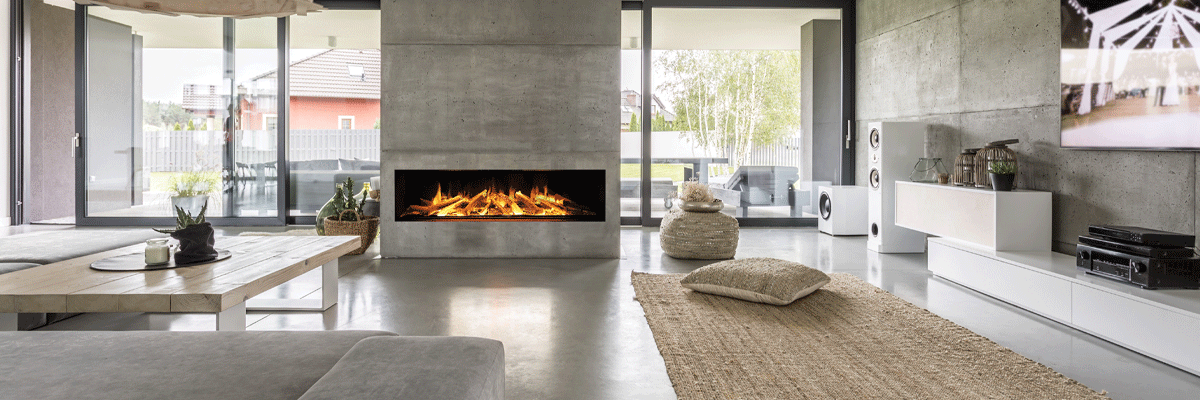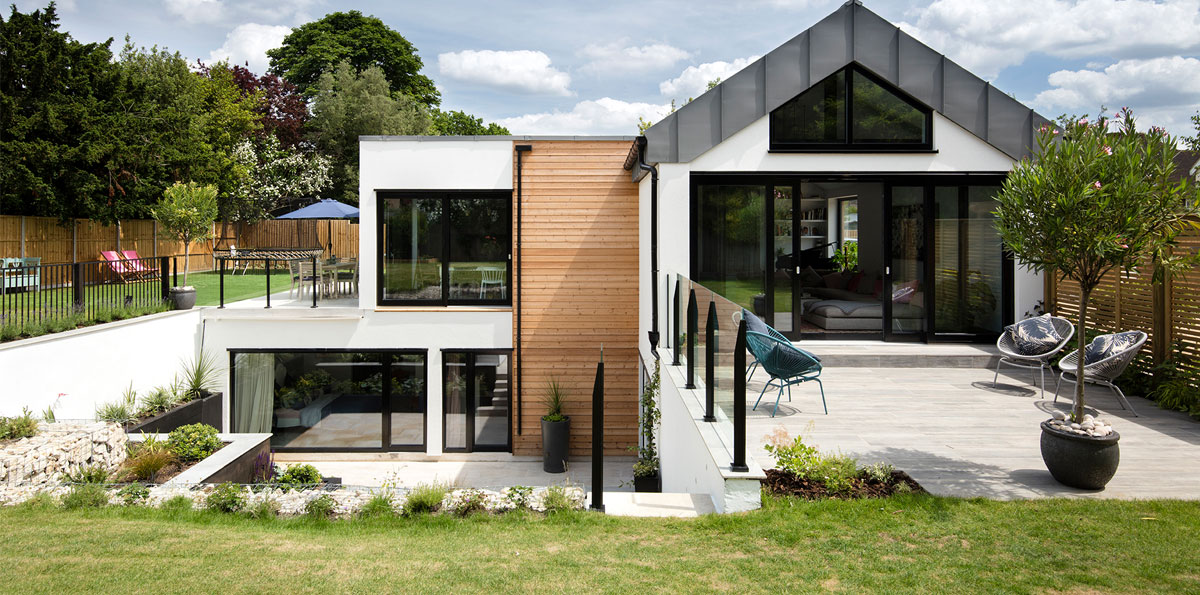Carbon zero: embodied vs operational energy
Learn the difference between embodied and operational energy for your zero-carbon build
For the eco-conscious among us, the idea of a zero carbon home may sound very enticing, but achieving it can be a tall order. You may be familiar with green energy innovations, but do you know your embodied energy from your operational energy?
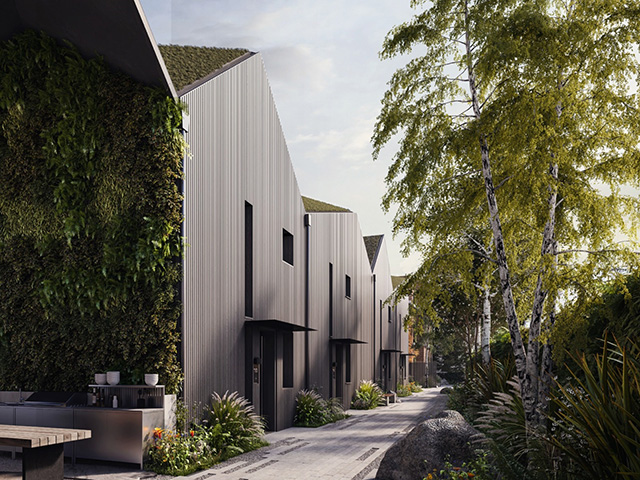
Photo: Orford Mews by gs8 and Studio Anyo is an innovative pilot for a sustainable building framework
Embodied energy vs operational energy
Zero carbon refers to both embodied energy and operational energy. Embodied energy refers to the energy used in the manufacture of building materials, while operational energy is that used to heat, cool and power your home.
The embodied energy of insulation, for example, is the energy used to create the insulation itself, while good insulation will help towards lowering your home’s operational energy.
How can I lower my build’s embodied energy?
Concrete is still the industry standard for foundations but it has high embodied energy. You can reduce the embodied CO2 of foundations through different cement mixes or use of limecrete, but not offset it completely.
‘One of our new timber-frame houses is set on a compacted gravel trench foundation, using aggregate from the previous demolished house with mechanically compacted layers, topped with limecrete to bind it all together,’ said Adam Knibb of Adam Knibb Architects.
‘You can also build using timber-frame construction method, which has low embodied energy; all buildings ideally need to be constructed this way to minimise the environmental damage.’
Modern solutions such as SIPs (structural insulated panels) and CLT (cross-laminated timber) are best for reducing the carbon footprint. Cob or straw bale could be used but it’s important to think holistically about the building as they don’t lend themselves to airtightness so additional membranes to reduce leakage will be needed.
The amount of embodied carbon can be broken down into almost all component parts – from insulation to windows and doors to your interior choices.

